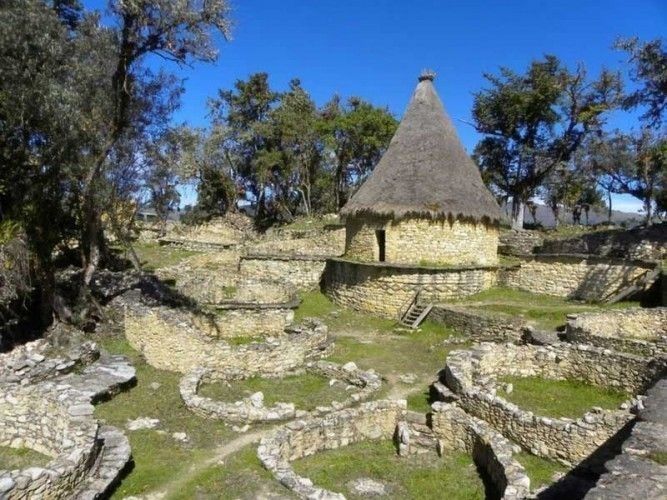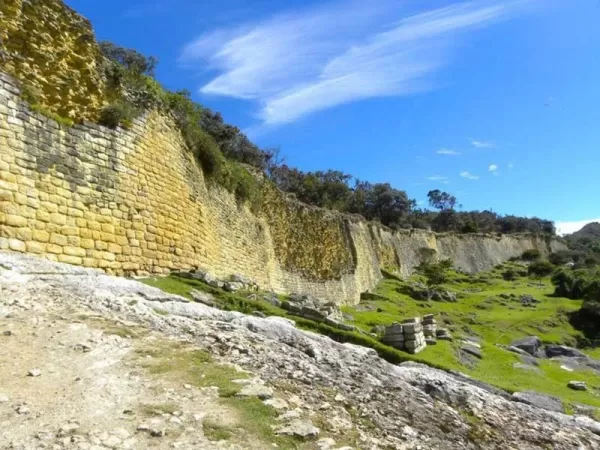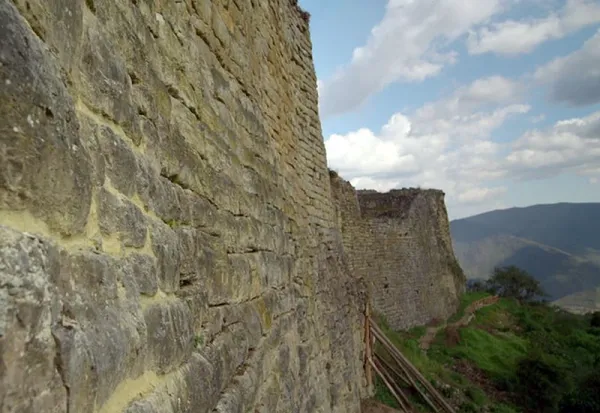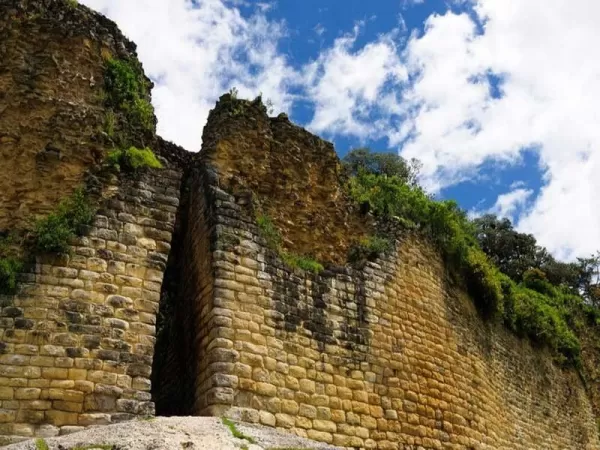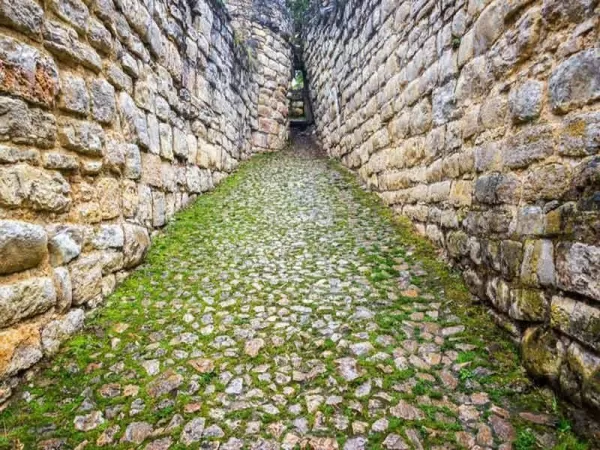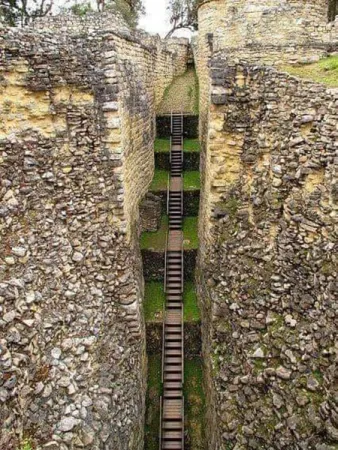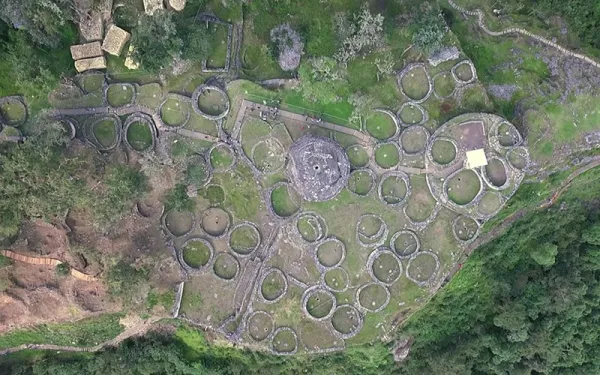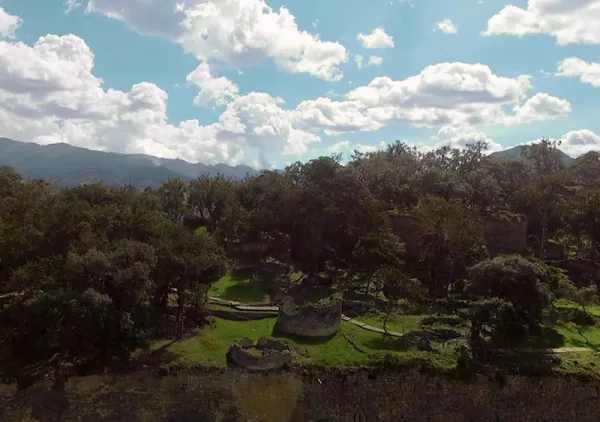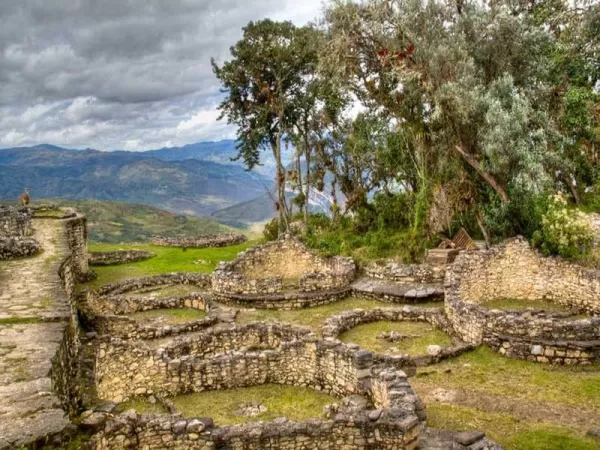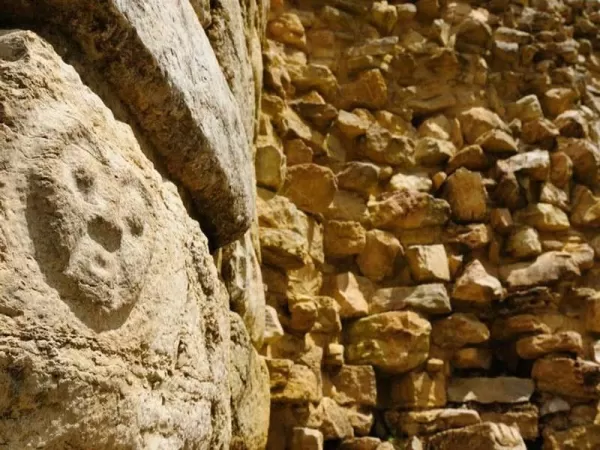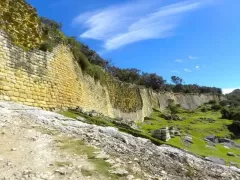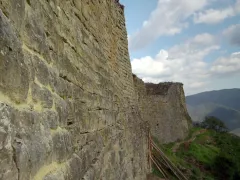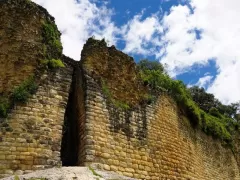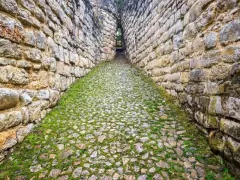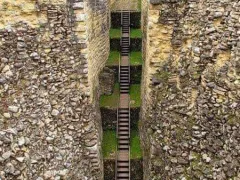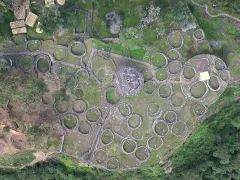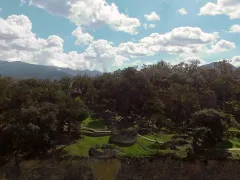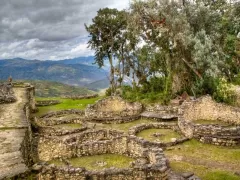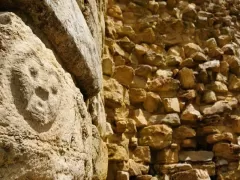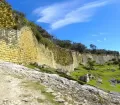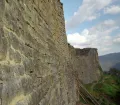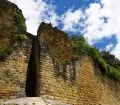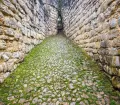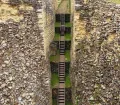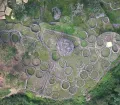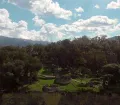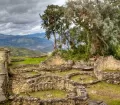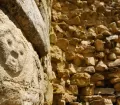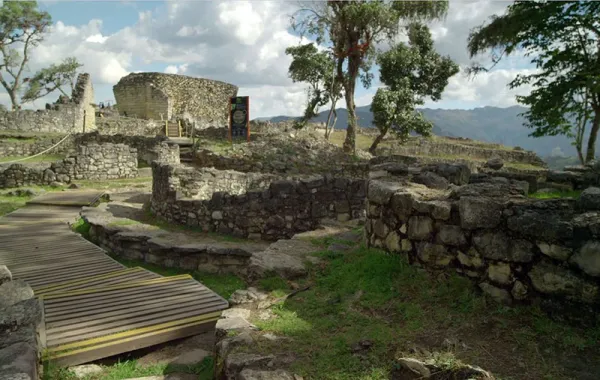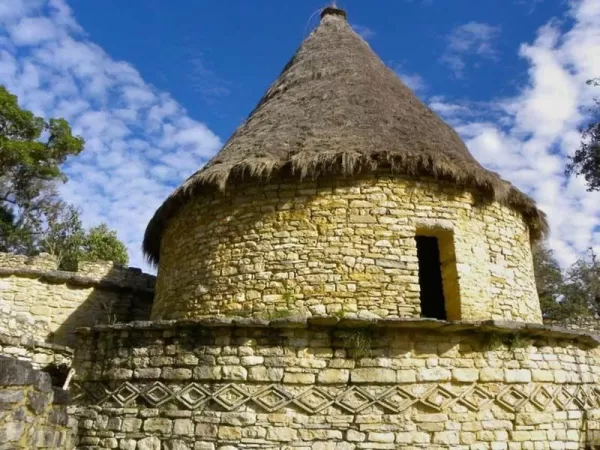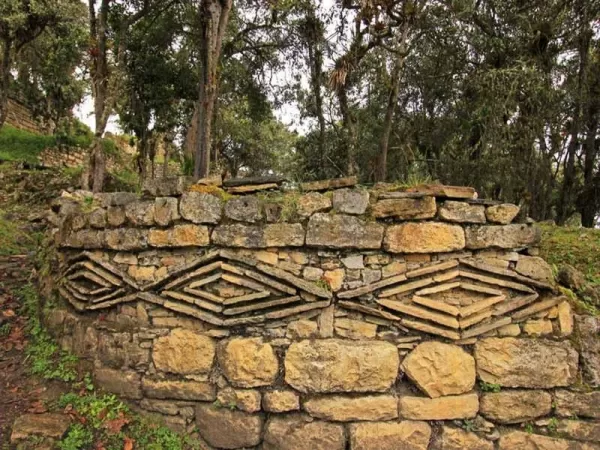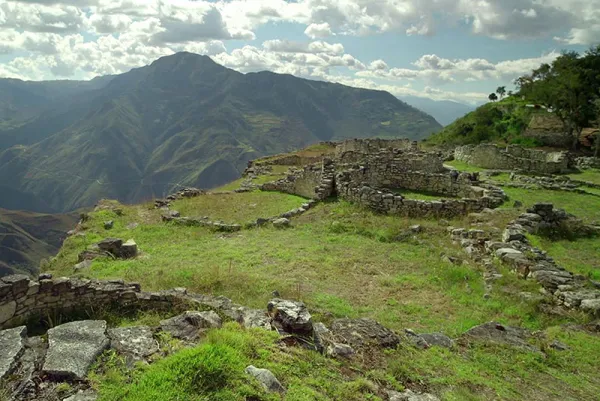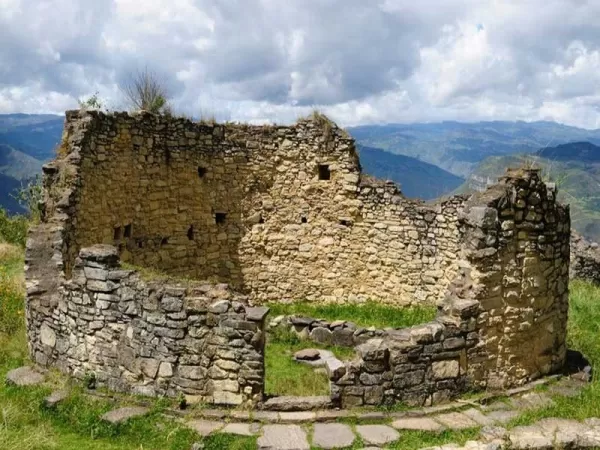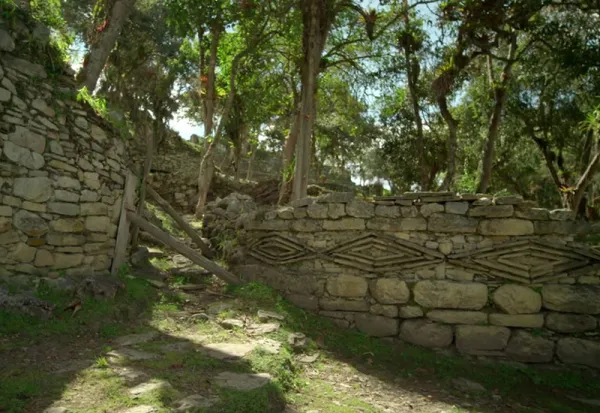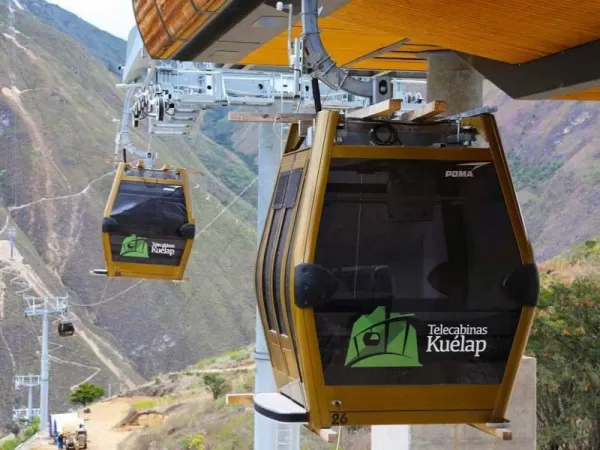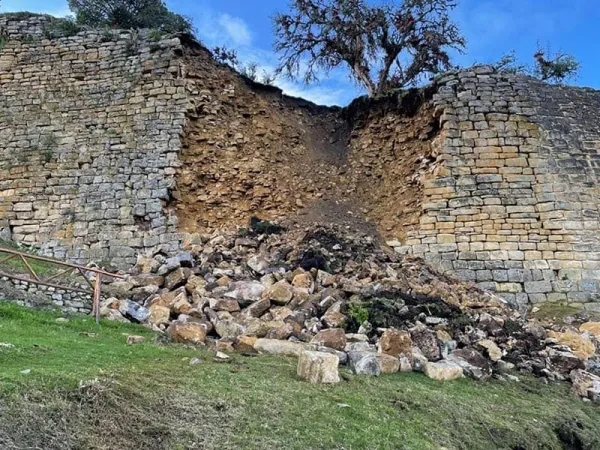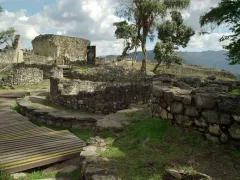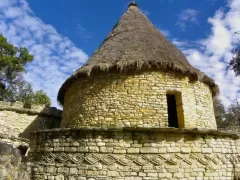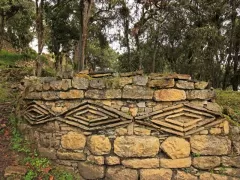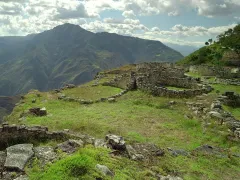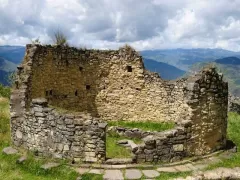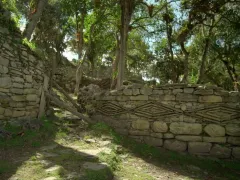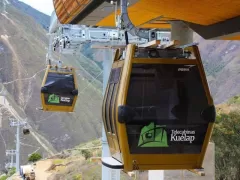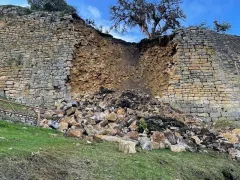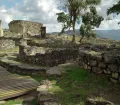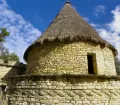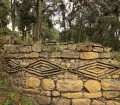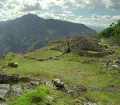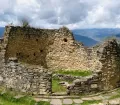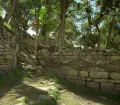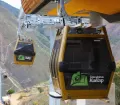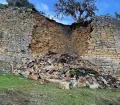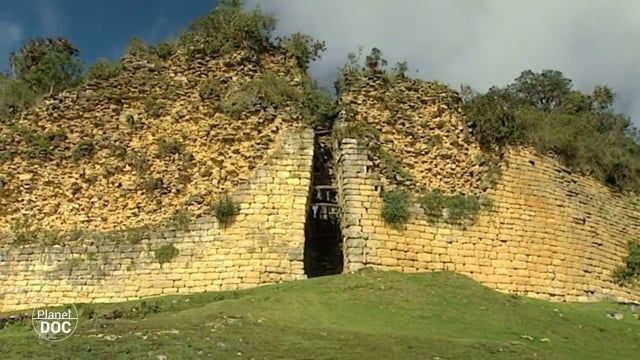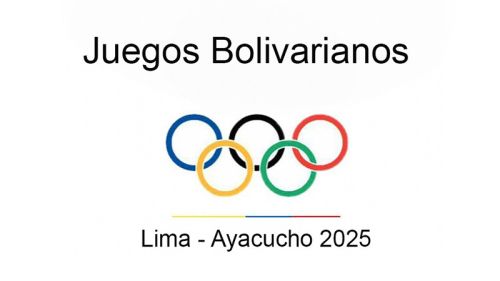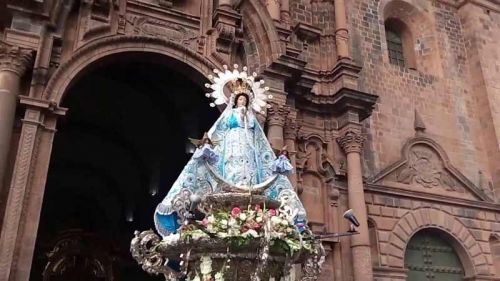While most visitors coming to Peru choose to take the classic travel route covering the southern and south-eastern part of the country including the Nazca lines, Arequipa / Colca Valley, Puno / Lake Titicaca and Cusco / Machu Picchu / Sacred Valley, northern and north-eastern Peru is sadly often skipped.
That’s actually quite a shame, as in this area you find many equally impressive and amazing, but probably still less polished attractions and sights. And as a bonus, at least for now, visitors are not surrounded by hordes of other travelers, prices are still more affordable and you get to know more of the “real” Peru.
Kuelap - the “new Machu Picchu”?
One of these lesser known jewels in northern Peru is the walled city of Kuelap. Media and lots of travel writers often refer to it as the “new Machu Picchu”. But don’t be fooled. The only things these two archaeological sites have in common are that both are ancient cities built out of stone in an area high in the Andes mountains that is difficult to access and both are great and important examples of the way of life and skills of the societies that built them. And here the similarities already end.
So, it is more probable that the “new Machu Picchu” comparison rather refers to making Kuelap as popular and as developed as the ancient Inca citadel doing justice to its archaeological significance.
Kuelap - the walled city built by the Chachapoyas
Anyway, contrary to Machu Picchu the walled city of Kuelap wasn’t built by the Incas, but by the Chachapoyas culture. Also known as the “warriors of the clouds”, the Chachapoyas were a pre-Inca society inhabiting a vast territory in the northern part of the Andes in the cloud forests of what is today the Amazonas region of Peru.
According to recent archaeological excavations the construction of Kuelap started around 400 AD, so about seven hundred years before the Incas even emerged and a little less than a millennium prior to Machu Picchu.
Located at 3000 m (about 10,000 feet) above sea level at the top of the Barreta plateau overlooking the Utcubamba Valley in northern Peru, the Kuelap complex is not only a prime example of the architectural style of the Chachapoyas culture, but also the largest stone monument in South America and together with Machu Picchu probably Peru’s most significant archaeological site.
The layout of the walled city Kuelap
The ancient city expands over an area of 600 m (approx. 2000 feet) by 110 m (about 360 feet) surrounded by massive, up to 20 m (65 feet) high exterior stone walls and can only be accessed through one of four narrow entrance portals permitting the access of only one person at a time. For decades, it was believed that Kuelap was a fortress, today however scientist think the high walls had a rather defensive purpose. Kuelap was a place to find refuge and tranquility and is assumed to have been the most important ceremonial center of the Chachapoyas people.
The city is built on multiple stair-step like terraces dug into the slopes of the hill and consists of more than 400 round stone buildings and a few rectangular structures. It is estimated that at its peak Kuelap was inhabited by about 3000 people.
The city is divided in a high and a low sector. The High Sector or Upper Town is located to the northwest. It contains 80 circular buildings and 3 rectangular structures, as well as 2 entrances in the east side of the wall. The Low Sector or Lower Town contains 335 circular buildings and 2 rectangular structures, as well as two large access points. Some of the structures here are decorated with beautiful geometric friezes, such as horizontal bands of geometric designs of diamond shapes and zig-zags.
As inside of most of the round buildings hearths and utensils to prepare food were found, archaeologists believe they actually were homes.
Unfortunately, from most of the buildings only the foundation walls are left. Three structures of the walled city however until today stand out: “El Tintero” (the inkwell), a circular tower in the shape of an inverted cone, is believed to have been the main temple of Kuelap and the setting for rituals and complex mortuary ceremonies; “El Castillo” (the castle) in the Upper Town is one of the rectangular buildings and believed to have been a ceremonial building as well; “El Torreon” (the fortification tower) is 7 m in height with a clearly defensive structure and offers breathtaking panoramic views.
Next to the sheer size of the ancient complex and its stone buildings which required considerable efforts, advanced technology and knowledge, really eye-catching are as well the amazing location high up in the cloud forest of the Amazonian Andes and the typical vegetation of the area which makes Kuelap a really special, almost magical place.
Kuelap - a World Heritage Site
Since 2011, the Archaeological Complex of Kuelap, which consists not only of the walled city of Kuelap, but also of at least 12 archaeological sites including burial areas with sarcophagi located on the top of the cliffs surrounding the Barreta plateau, a large unfinished extension located south of the city, and an extensive rural area with groups of circular structures on the east side of the complex, is an UNESCO World Heritage Site.
How to get to Kuelap
For years the journey to this part of Peru remained a little adventure in itself. And even though many airlines now and again announced plans to offer flights to Chachapoyas, the nearest larger city, nothing happened and the only way to get to Kuelap was and still can be, if you wish, to take a bus or fly from Lima to either Jaen, Cajamarca or Tarapoto..
From there the journey continues on road (car, bus, private transport) to Nuevo Tingo. Jaen to Nuevo Tingo is about 200 km (120 miles) and a 3.5 hours' ride; Cajamarca to Nuevo Tingo is 290 km (180 miles) and takes about 6.5 hours; Tarapoto to Nuevo Tingo is 370 km (230 miles) and the trip takes about 6 hours.
Now however Atsa Airlines offers flights from Lima to Chachapoyas 3 times per week (at the moment Mondays, Thursdays and Saturdays) making it easier to visit this remote area of Peru.
The trip from Chachapoyas Airport to Nuevo Tingo is about 40 km (25 miles) and takes less than an hour. There are combis and taxis getting you there.
While until recently you then either had to hike 3 to 4 hours from Nuevo Tingo to Kuelap or make a 1.5 hours car trip on an unpaved road (which you of course still can do), since the beginning of March 2017 a new cable car system is in place. The base station is located just at the edge of Nuevo Tingo village. From there a bus, which runs every 15 minutes, brings you to the cable car station (about 3km away) where you hop onto the next cable car and enjoy the ride up to the walled city of Kuelap. The complete trip takes about 25 to 30 minutes.
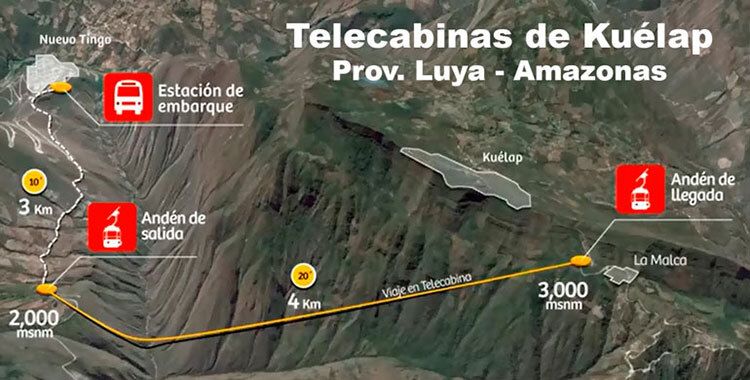
And of course many tour operators in all cities of Peru offer tours to the area including a visit to Kuelap, the Gocta waterfall and the Sarcophagi of Karajía.
Useful information for visiting Kuelap
To enjoy your day in the cloud forest of the Amazonian Andes mountains best wear layers of comfortable and for the weather conditions appropriate clothes and especially sturdy shoes that allow you to walk the mountainous, partly slippery terrain safely.
Best bring your camera, a rain jacket, a hat or cap, sun cream and some water with you.
Opening Hours: Tuesday to Sunday including public holidays from 08.00 am to 04.30 pm (please be aware that the cable car isn't operating for two weeks in May 2022 due to maintenance and evacuation trainings)
Entrance Fees: adults S/ 12; students S/ 5.50 and children S/ 1
Ticket for the cable car: S/ 23.50 round trip


